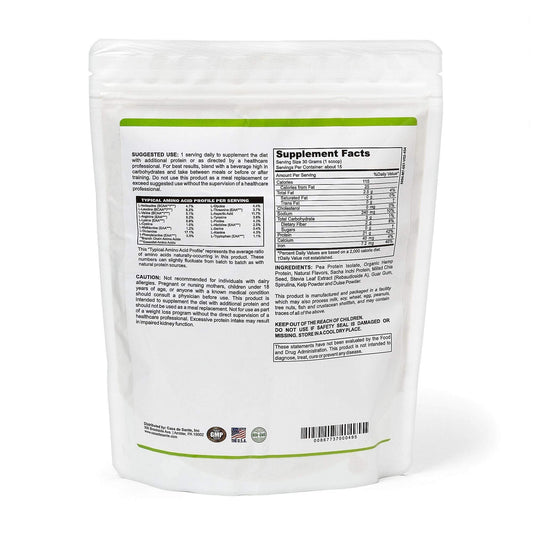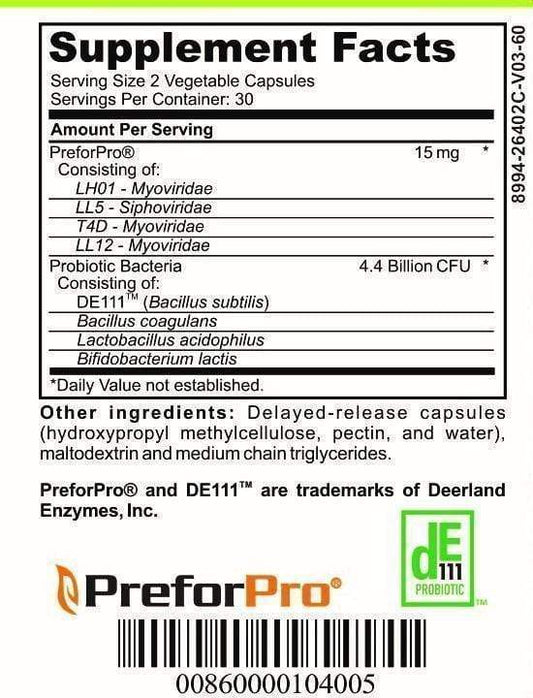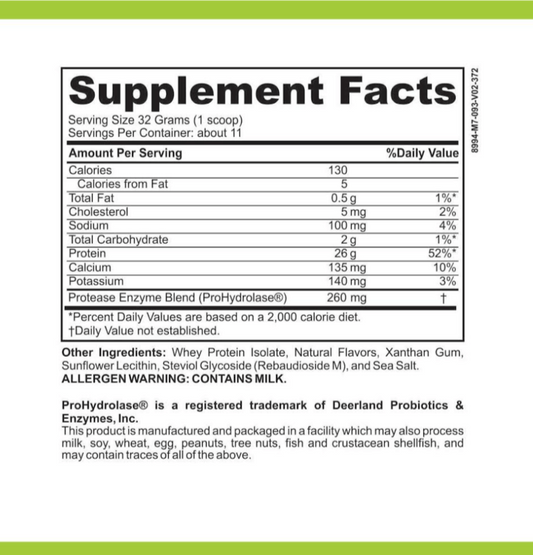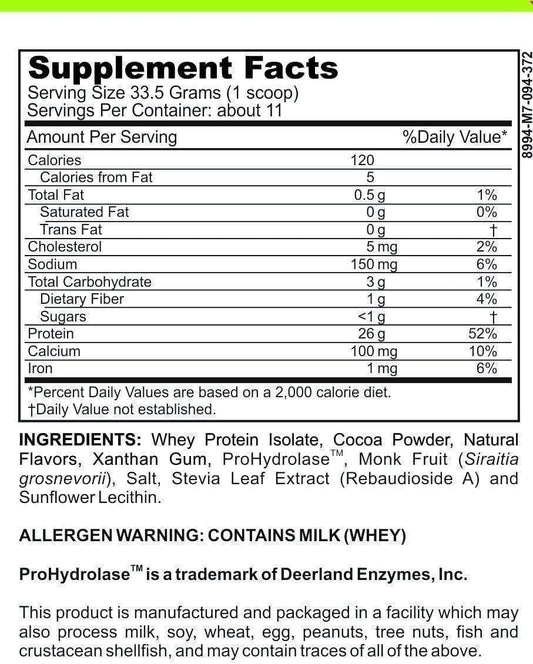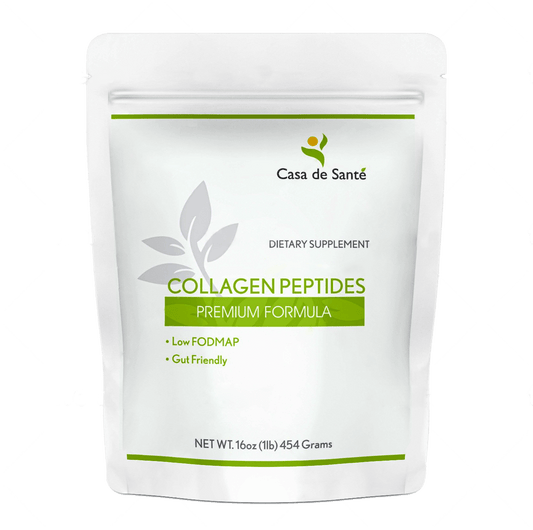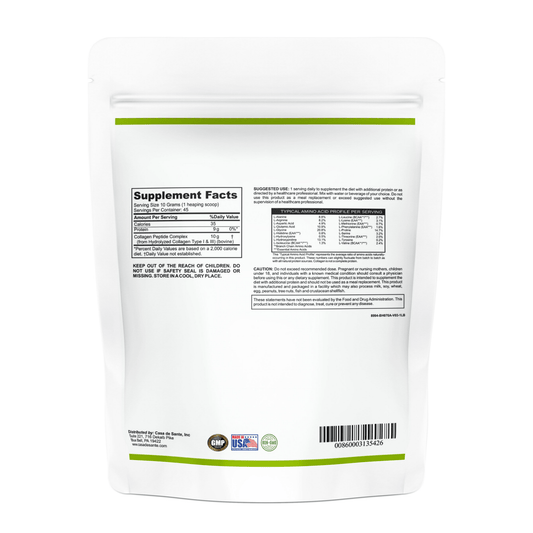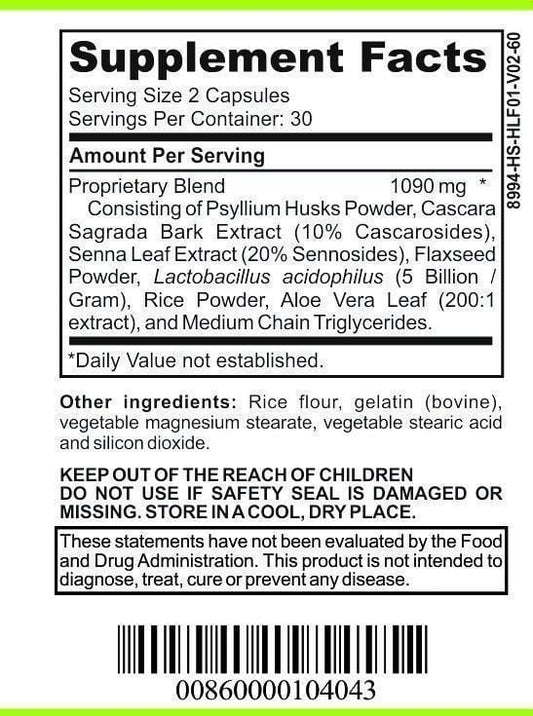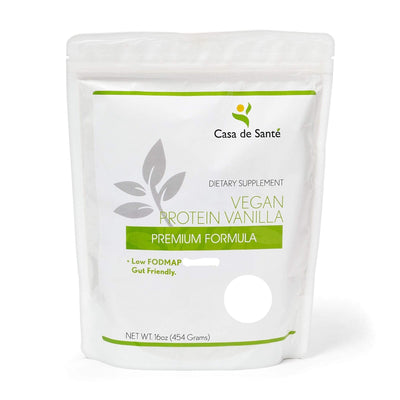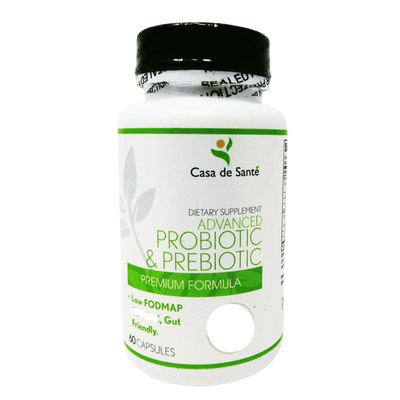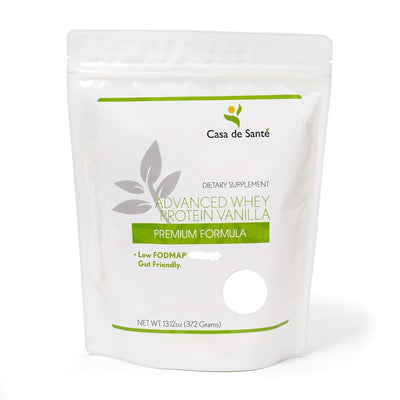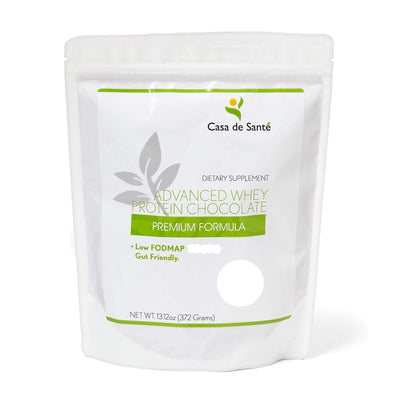Homemade Sauerkraut Too Salty
Homemade Sauerkraut Too Salty
If you're a fan of homemade sauerkraut, you might have experienced the frustration of a batch that turned out too salty. While salt is an essential ingredient in sauerkraut-making, it's easy to go overboard leading to a briny, overpowering flavor. But don't worry - adjusting the salt levels in your sauerkraut isn't that difficult. In this article, we'll explore the importance of salt in sauerkraut, how to avoid over-salting, tips for adjusting salt levels, common mistakes to avoid, and more.
The Importance of Salt in Sauerkraut Making
Salt is a critical ingredient in the fermentation process that transforms cabbage into tangy, delicious sauerkraut. It serves several purposes including inhibiting the growth of harmful bacteria while allowing the naturally-occurring lactobacillus bacteria to flourish. Salt also draws out water from the cabbage, creating a brine that helps preserve the mixture and intensify its flavor. However, using too much salt can overwhelm the natural flavor of cabbage, giving your sauerkraut a pickled taste instead of the desired tangy notes.
It is important to note that the type of salt used in sauerkraut making can also affect the final product. Many traditional recipes call for non-iodized salt, as iodine can inhibit the growth of lactobacillus bacteria. Some sauerkraut makers also prefer to use sea salt or Himalayan pink salt for their unique mineral content and flavor. Ultimately, the amount and type of salt used in sauerkraut making can greatly impact the taste and quality of the final product.
How to Avoid Over-Salting Your Homemade Sauerkraut
To avoid over-salting your sauerkraut, start by measuring precisely how much salt you need. A general rule of thumb is to use 1-2 tablespoons of salt per two pounds of cabbage, but this can vary depending on your personal preference. Tasting the cabbage before fermentation and adding salt gradually until it reaches the desired flavor is also an excellent way to ensure you have the right amount. Additionally, using colder water in your brine will slow down the fermentation process and prevent the cabbage from breaking down too quickly, meaning the brine won't take on too much of the salt flavor.
Tips for Adjusting the Salt Levels in Your Sauerkraut
If your sauerkraut turns out too salty, don't worry. You can still salvage it. To reduce the saltiness, rinse the cabbage thoroughly under running water, which will wash away some of the brine and salt. This works best for small batches as larger quantities may take longer to rinse adequately. You could also try diluting the sauerkraut with fresh cabbage, which will help distribute the saltiness. Other options include adding a little bit of sugar or vinegar to balance out the saltiness. However, avoid adding water or other liquids as they can dilute the flavor and the beneficial bacteria in the sauerkraut.
On the other hand, if your sauerkraut is not salty enough, you can add more salt to the mixture. However, be careful not to overdo it as too much salt can inhibit the growth of beneficial bacteria. A good rule of thumb is to add 1-2 teaspoons of salt per pound of cabbage. You can also add saltwater brine to the sauerkraut to increase the saltiness. To make a brine, dissolve 1 tablespoon of salt in 1 cup of water and add it to the sauerkraut.
It's important to note that the salt levels in sauerkraut can affect its shelf life. The more salt you add, the longer the sauerkraut will last. If you're planning to store your sauerkraut for an extended period, it's recommended to use a higher salt concentration. However, if you prefer a less salty taste, you can use a lower salt concentration and consume the sauerkraut within a few weeks.
The Science Behind the Fermentation Process and Salt Content
The science behind sauerkraut fermentation is fascinating. When salt is added to cabbage, it creates an environment that's hostile to the harmful bacteria that would otherwise spoil the mixture. Instead, the lactobacillus bacteria naturally present in the cabbage takes over, converting the complex sugars in the cabbage into lactic acid. This fermentation process creates a sour flavor and distinctive crunch that's characteristic of sauerkraut. The amount of salt used affects the fermentation process and the final product's taste, so striking the right balance is crucial.
Interestingly, the fermentation process not only creates a unique flavor and texture but also increases the nutritional value of sauerkraut. The lactic acid produced during fermentation helps to break down the cabbage, making it easier for our bodies to digest and absorb the nutrients. Additionally, sauerkraut is a great source of probiotics, which are beneficial bacteria that support gut health and boost the immune system. So, not only is sauerkraut delicious, but it's also a nutritious addition to any meal.
Common Mistakes to Avoid When Making Sauerkraut at Home
Making sauerkraut at home can be tricky, and there are common mistakes that you'll want to avoid. Adding too much salt is one of the most common ones. Another mistake is not using freshly harvested cabbage, which may be too tough or lack the right balance of sugars and water needed for fermentation. Avoid using tap water for your brine, as it may contain additives that could affect the fermentation process. Covering the mixture with an airtight lid during fermentation can also lead to excess pressure buildup and leave your sauerkraut tasting off or smelling foul.
One additional mistake to avoid when making sauerkraut at home is not properly sterilizing your equipment. Any bacteria or contaminants on your utensils or jars can affect the fermentation process and lead to spoilage. Make sure to thoroughly clean and sterilize all equipment before use, either by boiling them in water or running them through a dishwasher cycle. This will help ensure that your sauerkraut turns out delicious and safe to eat.
Exploring Different Types of Salt for Sauerkraut Making
Not all salts are created equal. While table salt is the most commonly used type of salt, iodized salt can affect the fermentation process, and its iodine content could impact the sauerkraut's flavor. Sea salt is a popular alternative that's considered more natural, and its varying mineral profiles can add complexity to the sauerkraut's flavor. Himalayan pink salt, Celtic sea salt, and kosher salt are other types of salt that can be used to make sauerkraut, each with its unique benefits and flavor profiles. Experiment with different types of salt to find your perfect blend.
It's important to note that the type of salt used can also affect the texture of the sauerkraut. Finer salts, like table salt, can dissolve more easily and may result in a softer texture. Coarser salts, like sea salt or kosher salt, can take longer to dissolve and may result in a crunchier texture. Additionally, some types of salt may be more expensive than others, so it's important to consider your budget when choosing a salt for sauerkraut making. Ultimately, the type of salt used is a personal preference and can greatly impact the final flavor and texture of the sauerkraut.
How to Salvage an Oversalted Batch of Homemade Sauerkraut
If your sauerkraut is too salty, don't throw it out. You can still save it by following some easy steps. The first step is to rinse your sauerkraut under cold water. This will help reduce the saltiness while also removing any contaminants that could spoil the mixture. Once you've rinsed your sauerkraut, you can try adding a bit of sweetness or sourness. Brown sugar or honey can help counterbalance the saltiness, while apple cider vinegar or lemon juice can add some acidity and brightness to the taste. Try adding these slowly and in small quantities, then taste test as you go. By gradually altering the flavor, you can create a balanced sauerkraut that you'll enjoy.
Another option to salvage an oversalted batch of homemade sauerkraut is to dilute it with fresh cabbage. Shred some fresh cabbage and mix it in with your oversalted sauerkraut. This will help to reduce the overall saltiness of the mixture. You can also add some additional spices or herbs to enhance the flavor. Caraway seeds, juniper berries, or dill can all be great additions to sauerkraut. Remember to taste test as you go and adjust the seasoning as needed. With a little bit of experimentation, you can turn your oversalted sauerkraut into a delicious and unique dish.
Enhancing the Flavor of Your Sauerkraut Without Adding More Salt
If you're looking for ways to intensify the flavors of your sauerkraut without adding more salt, there are several approaches you can take. Start by experimenting with different spices such as caraway seeds, fennel, or coriander. These spices complement the cabbages' natural sweetness while adding a distinct flavor profile. You could also add other vegetables such as carrots, beets, or bell peppers to your sauerkraut mix, adding more nutrients and texture while balancing the flavors. Adding herbs such as thyme or dill can also boost the sauerkraut's flavor without adding salt.
Another way to enhance the flavor of your sauerkraut is by using different types of cabbage. Red cabbage, for example, has a slightly sweeter taste than green cabbage and can add a beautiful color to your sauerkraut. Napa cabbage, on the other hand, has a milder flavor and can add a unique texture to your sauerkraut. Experimenting with different types of cabbage can help you find the perfect combination of flavors for your sauerkraut.
The Benefits of Homemade Sauerkraut and Tips for Perfecting Your Recipe
Making your sauerkraut at home not only tastes better but offers several health benefits. Sauerkraut is rich in beneficial bacteria, vitamins C and K, and antioxidants, making it a healthy and flavorful addition to your meal. When making sauerkraut at home, be sure to use fresh, quality ingredients, and keep your fermentation process optimal by choosing the right temperature and avoiding contamination. Don't forget to experiment with different salt levels and flavorings to achieve your perfect blend.
In addition to the health benefits and delicious taste, making your own sauerkraut can also be a fun and rewarding experience. It allows you to have control over the ingredients and customize the flavor to your liking. Plus, it's a great way to reduce food waste by using up excess cabbage or other vegetables. So why not give it a try and see how easy and enjoyable it can be to make your own homemade sauerkraut?
Final Thoughts
While over-salting your sauerkraut can be a common mistake, it's easy to fix with a few simple steps. Remember, salt is an essential ingredient in transforming cabbage into tangy, flavorful sauerkraut, but it's crucial to strike the right balance for optimal fermentation and taste. With a little experimentation and some practice, you'll soon perfect your sauerkraut recipe and enjoy the many benefits of this delicious and nutritious food.


